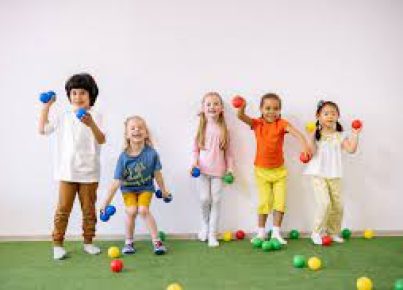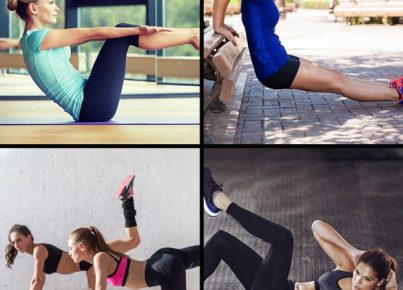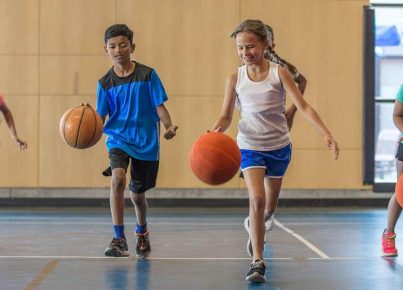Introduction:
Physical education (P.E.) classes have come a long way since the days of dodgeball and jump rope. Schools across the globe are now incorporating innovative and engaging activities into their curriculums, transforming the way students experience P.E. These next-level P.E. classes not only provide fun opportunities for students to stay active but also contribute to their overall educational experience.
1. Adventure Education
Adventure education focuses on team building, problem-solving, and decision-making through a variety of indoor and outdoor activities like ropes courses, wall climbing, and orienteering. These challenges help develop communication skills, boost self-confidence, and foster social connections amongst classmates.
2. Dance Fitness
From hip-hop to salsa, dance fitness classes introduce students to various styles of dance while promoting physical activity. Dancing not only improves flexibility, balance, and coordination but also aids in developing cultural awareness and appreciation for the arts.
3. Yoga and Mindfulness
Incorporating yoga and mindfulness practices into P.E. classes can help reduce stress levels and improve overall mental health for students. Techniques such as meditation, deep breathing exercises, and various yoga poses encourage relaxation and self-awareness while enhancing focus and concentration.
4. Sports Science
Sports science-based P.E. classes expose students to the biomechanics, nutrition, and physiology behind athletic performance. Activities like heart rate monitoring during physical exertion or analyzing dietary intake enable students to develop a better understanding of their own bodies while nurturing interest in sports-related fields.
5. Outdoor Education Programs
Outdoor education programs emphasize skill-building through nature-based activities such as orienteering courses, hiking trips, or rock climbing expeditions. These programs foster self-sufficiency, environmental stewardship, and an appreciation for the natural world outside of traditional classroom settings.
6. Aquatics Fitness
Aquatics fitness classes offer students an opportunity for low-impact, full-body workouts in water-based settings. Swimming lessons and aquatic activities like water polo or synchronized swimming cultivate water safety awareness while improving cardiovascular endurance and muscle strength.
7. Adaptive P.E. Classes
Recognizing diverse physical abilities, adaptive P.E. classes provide tailored instruction and modification to accommodate students with disabilities or special needs. These inclusive programs promote an accessible environment that encourages physical activity for everyone without judgment or stigma.
Conclusion:
With such an array of innovative and engaging next-level P.E. classes available, it’s clear the traditional perception of physical education is changing for the better. These new approaches not only make P.E. more enjoyable but also contribute to a well-rounded and comprehensive educational experience for students of all ages and abilities.




